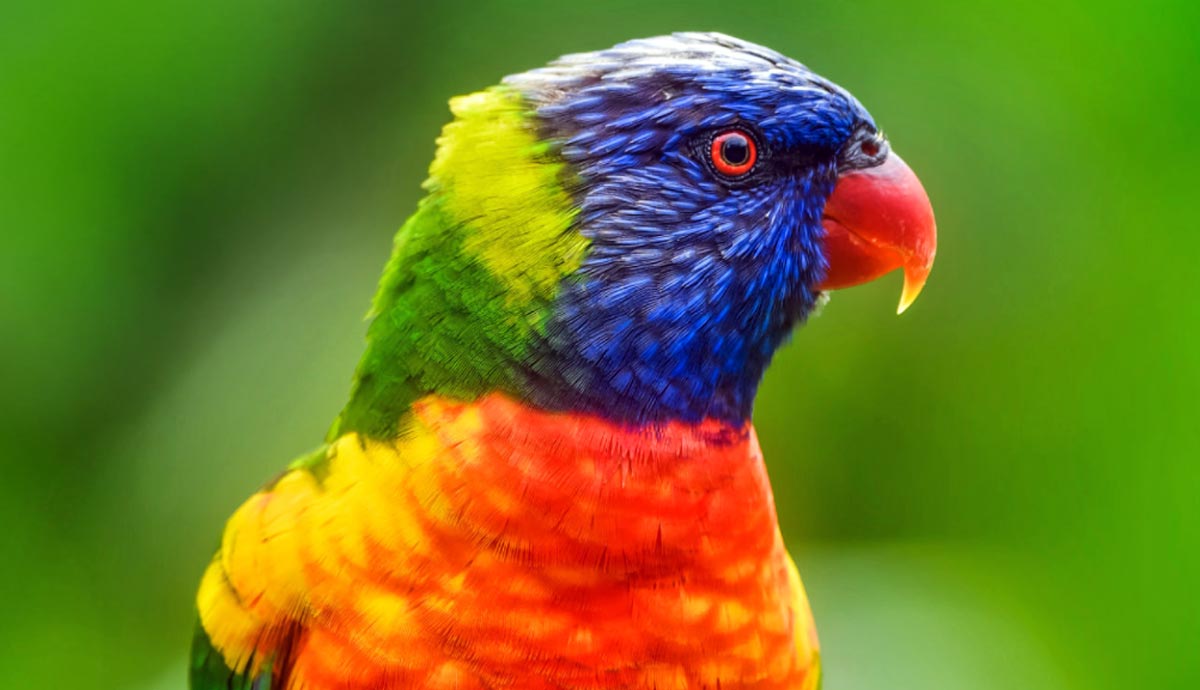
Parrots are some of the most iconic birds on the planet. And while we may commonly associate them with pirates in movies, many people keep them as pets. However, not everyone knows what features define a parrot. After all, identifying the differences between parrots, parakeets, and other types of birds can be confusing. In this guide, we’ll clearly explain what makes a parrot a parrot!
Parrots Have a Curved Beak
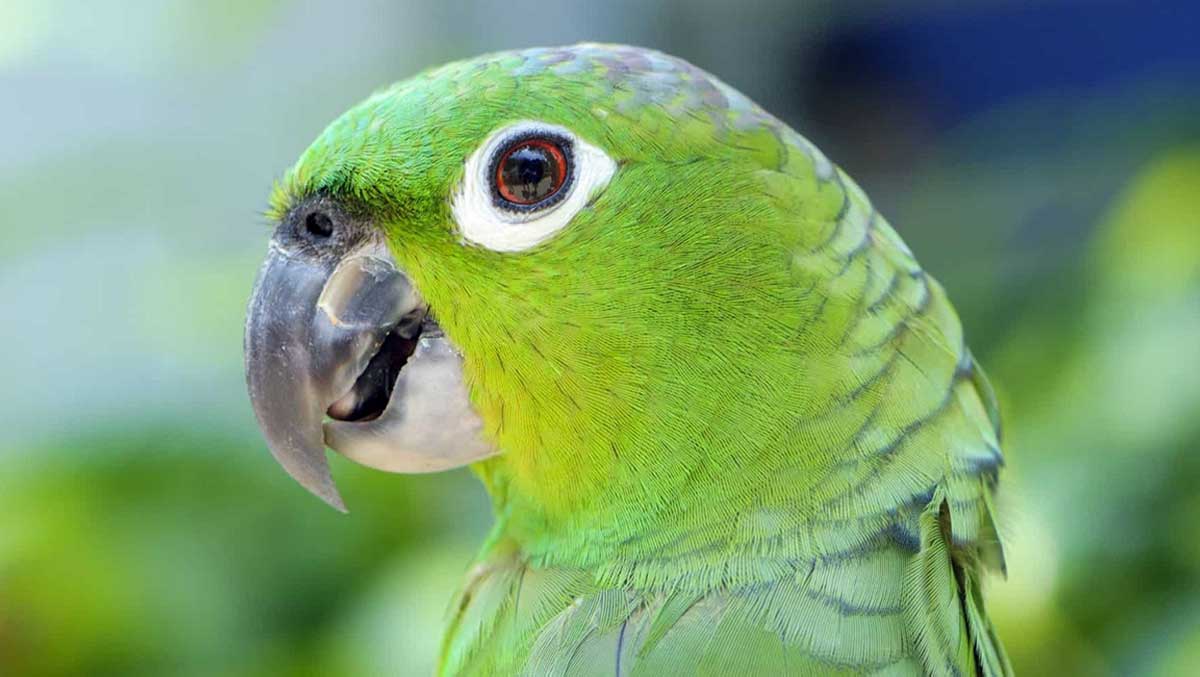
One of every parrot’s most distinctive features is its curved beak. Known as a hookbill, parrots use it to crush and crack hard-shelled nuts. These beaks are very powerful and essential to their survival. They can even break open Brazil nuts! Parrots can also pick up small seeds with the pointy end of their bills. Then, they use their tongue to secure the seed before swallowing it.
Beaks aren’t just for eating; they are multifunctional tools that help parrots survive. For example, parrots use their bills for feather-preening and self-defense against predators. Some even use them as climbing aids or to swing between branches.
A scissor beak is a frequent condition in parrots. beak problem Where the upper and lower parts of their beaks grow unevenly. This ailment in birds can result from inadequate breeding practices, nutritional deficiencies, or incorrect incubation methods. To prevent this problem with your parrot, ensure they have a nutritious diet and obtain them from a reputable breeder who prioritizes ethics.
True Parrots Stand Upright
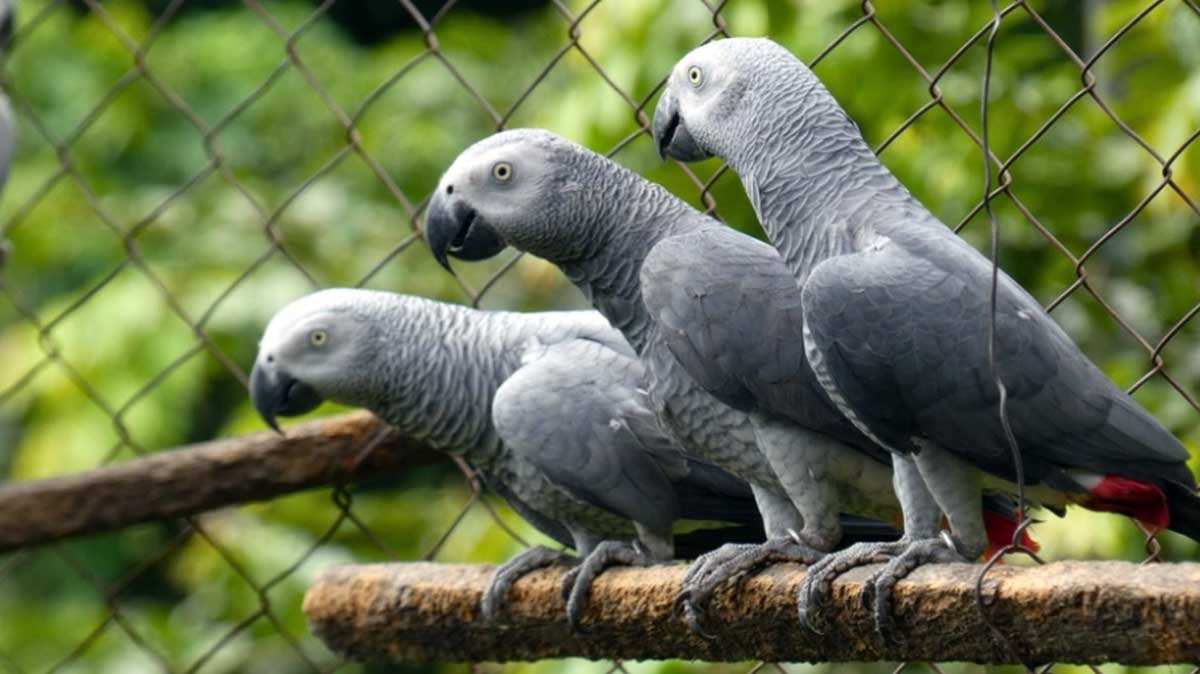
An additional remarkable feature of parrots is their impressive stance. When new owners observe their birds, they might see that these creatures perch upright with a rather regal, nearly disdainful demeanor. Such positioning serves as a non-verbal communication tool for parrots.
How a bird sits can convey various messages. Generally, sitting erect with smooth plumage indicates that the bird is not under stress. When birds puff out their feathers, this often signals that they feel threatened or protective of their territory. Should your parrot remain hunched for extended periods, it could be a sign of illness. In such cases, consult an adept veterinarian who specializes in avian care regarding concerns about your pet’s well-being.
Zygodactyl feet provide improved dexterity.
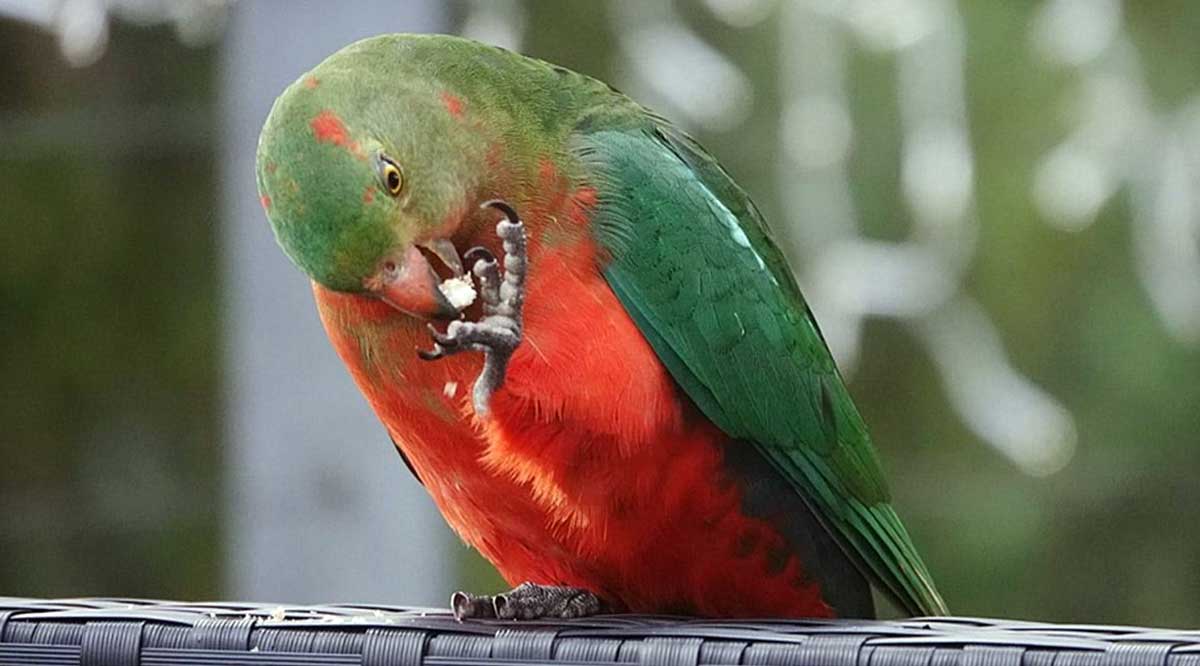
Among various avian species possessing zygodactyl feet, parrots rank as some notable examples. Essentially, these feet feature two toes oriented forwards alongside another pair directed backwards. A majority of birds exhibiting such foot structure possess keen claws too; among others, they encompass woodpeckers, owls, and numerous predatory birds. The characteristic zygodactyl arrangement enables birds to handle items adeptly and grasp onto surfaces with exceptional power.
Parrots utilize their toes for grasping nuts and various items. They clasp these tightly prior to smashing them using their curved beaks. Additionally, parrots possess exceptionally strong legs compared to their overall body size!
Parrots Possess Remarkable Intelligence
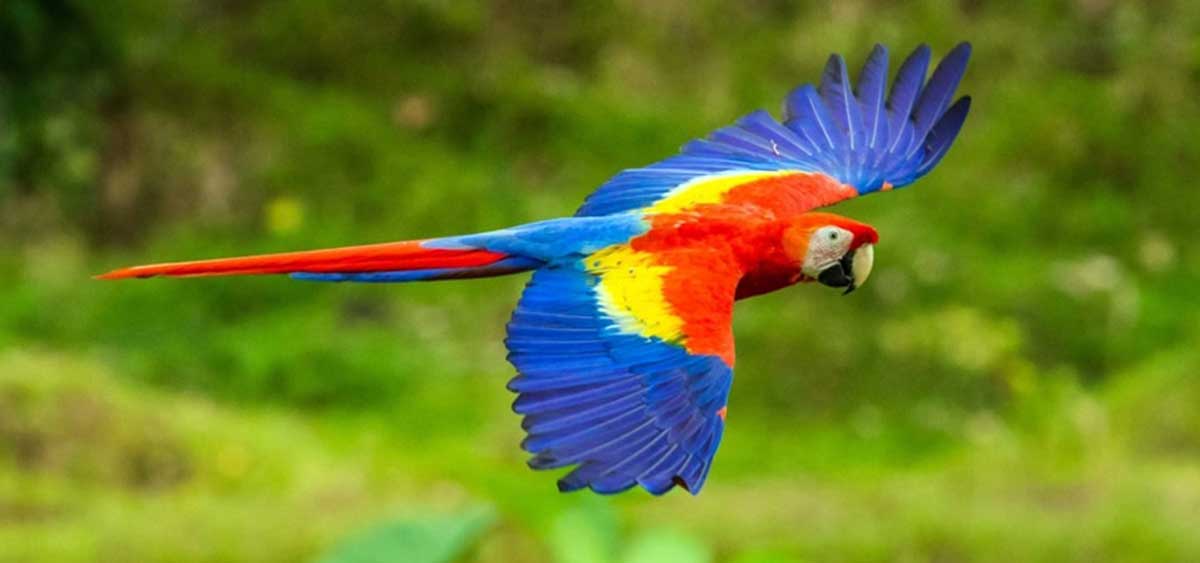
It's beyond question that parrots rank among the most intelligent beings alive. Specialists consider them to be as clever as certain apes and corvids such as ravens and crows. These birds possess remarkable problem-solving skills. Parrots can utilize rocks and various items as tools to crack open shells for nourishment.
In the meantime, it’s common knowledge that certain species have the ability to mimic human speech. You can teach certain parrots To converse. A study suggested that parrots can accomplish specific tasks with the skill level equivalent to a five-year-old child. Among these avian geniuses, African Grey parrots stand out for their remarkable intelligence and exceptional memory. These birds are not only adept at performing mathematical operations but also excel in using deductive logic. The capabilities of parrots truly astonish!
Bright Hues Assist Parrots in Appearing Bigger
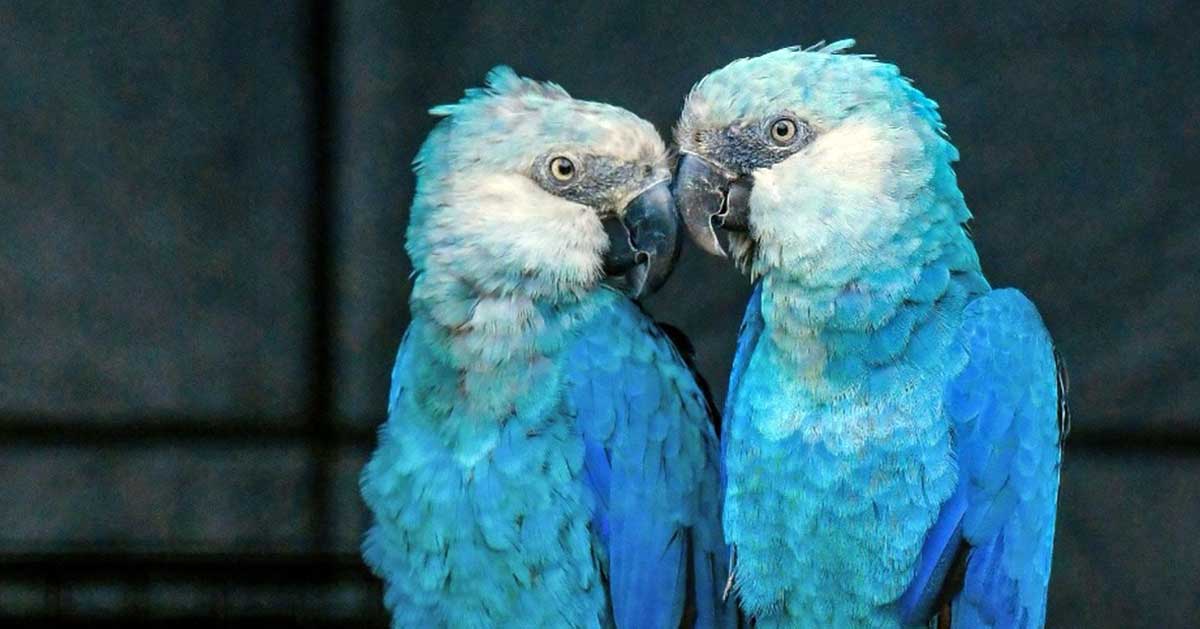
Vivid and striking hues characterize pure parrots, making them attractive to potential partners. These bold colors also act as a defense mechanism to mislead predators. Their vibrant tones can obscure the shape of their bodies and appear larger than they actually are. Macaws exemplify this with their stunning multicolored plumage. However, cockatoos stand out as exceptions since they usually sport white, gray, or black feathers.
All Parakeets Are Parrots (However, Not All Parrots Are Parakeets)
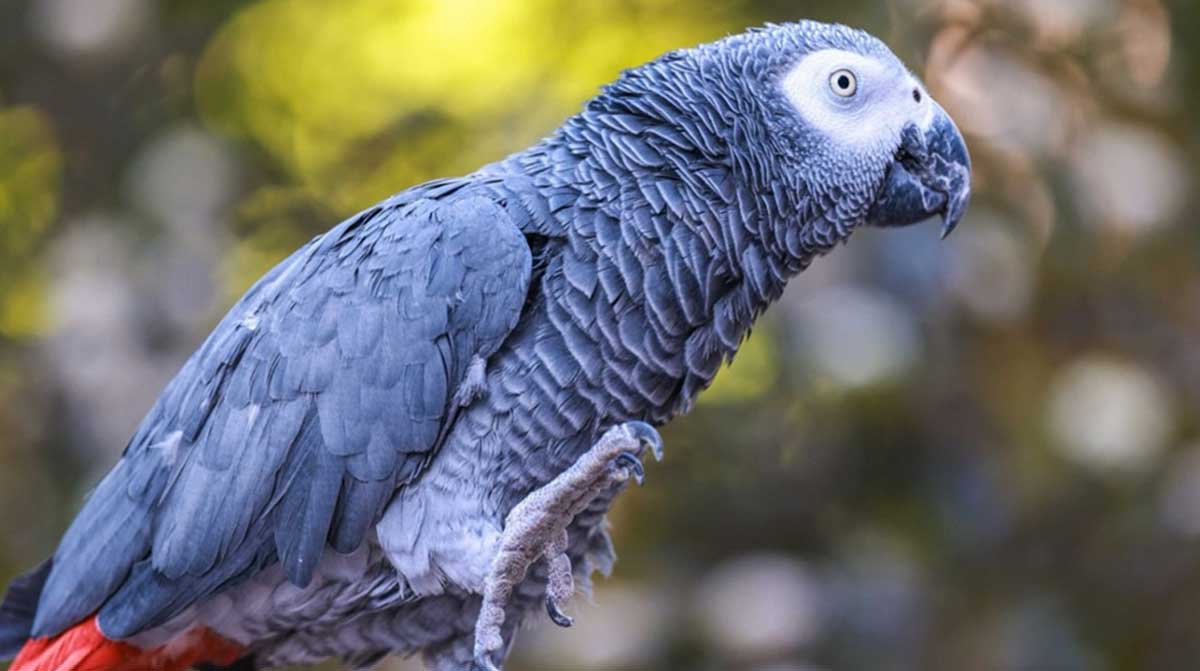
A lot of individuals find it challenging to distinguish between a parrot and a parakeet. This confusion arises because every parakeet falls under the category of parrots, yet not all types of parrots can be classified as parakeets.
Generally, we can characterize parrots as being bigger compared to parakeets. Additionally, they often possess shorter tails in relation to their body sizes. Usually, parrots exhibit higher intelligence; thus, we can teach them to mimic a wider range of sounds. Parrots have longer lifespan s with some varieties living for over 80 years. Parakeets typically live for about 20 years in captivity.
Size is the main difference when we refer to parakeets and parrots. Parrots are bigger with chunkier beaks and heavier bodies. Parakeets include small birds like budgies and rosellas.
Examples of Commonly Known Parrots
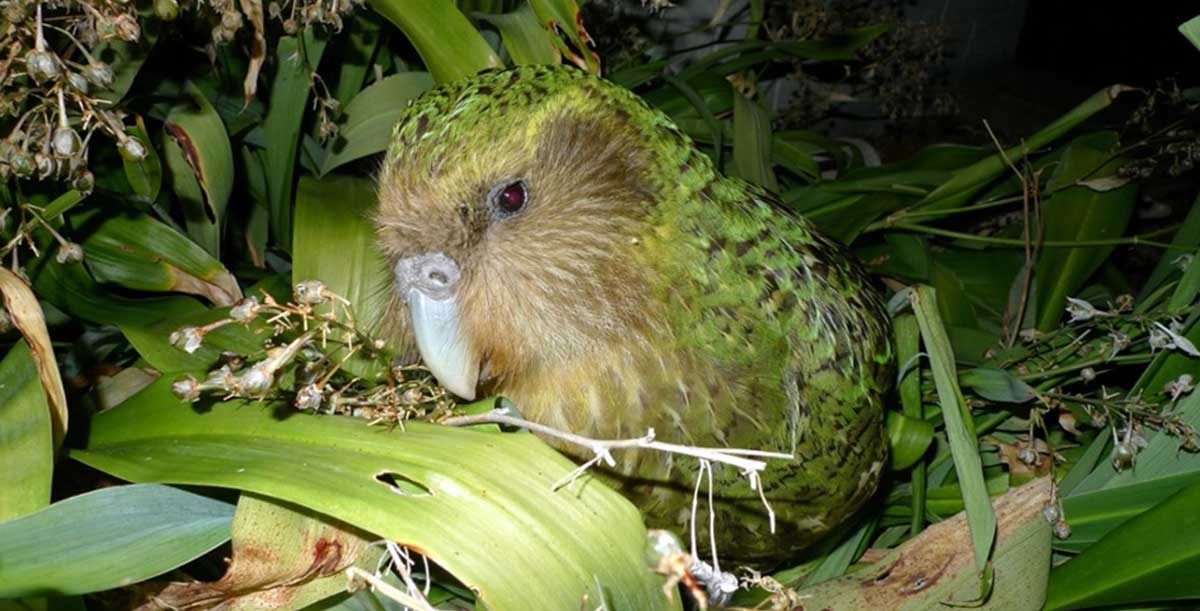
There are 402 known species of parrot in the world in three subfamilies. We have pure parrots (psittacoidea), cockatoos (cacatuidae), and New Zealand parrots (Strigopoidea).
Instances of these avian species encompass:
- Scarlet macaws. Scarlet macaws are probably the most iconic parrot species. Hailing from Central and South America, these brightly colored birds have unusually long tails. They have larger beaks than most other parrot varieties.
- Cockatoos. There are 21 varieties of this parrot type. The sulphur-crested cockatoo is the most distinctive with its snow-white plumage and yellow crest. However, the cockatiel is a more common pet because of its smaller size. Cockatoos have crests on their heads that separate them from other parrots. Usually, they’re less brightly colored than true parrots, too.
- Kākāpō . The kākāpō is the heaviest parrot species on the planet. New Zealand’s three indigenous parrots evolved differently because of their isolation. The kākāpō is the only flightless parrot and weighs up to eight pounds. Maori kept them as pets because they were unafraid of humans. Now, they are critically endangered because of invasive species eating their eggs.